Stringent Regulatory Frameworks
The Pathogen Meat Testing Market is heavily influenced by stringent regulatory frameworks that govern food safety standards. Regulatory bodies are increasingly mandating comprehensive testing protocols to ensure that meat products are free from harmful pathogens. For instance, the USDA and FDA have established guidelines that require regular testing of meat products for pathogens such as Salmonella and E. coli. Compliance with these regulations is not only essential for public health but also for maintaining market access. Companies that fail to adhere to these standards may face severe penalties, including product recalls and loss of consumer trust. As regulations continue to evolve, the demand for reliable pathogen testing solutions is expected to rise, further propelling the growth of the Pathogen Meat Testing Market.
Global Trade and Export Requirements
The Pathogen Meat Testing Market is significantly influenced by global trade and export requirements that necessitate stringent testing of meat products. Many countries have established specific import regulations that require proof of pathogen testing before meat products can enter their markets. This has led to an increased focus on ensuring that meat products meet international safety standards. As a result, meat producers are compelled to invest in advanced pathogen testing solutions to comply with these regulations and maintain their competitive edge in the market. The demand for reliable testing methods is expected to grow as international trade continues to expand, thereby shaping the Pathogen Meat Testing Market. Companies that can effectively navigate these requirements are likely to gain a substantial advantage in the global marketplace.
Consumer Demand for Safe Meat Products
The Pathogen Meat Testing Market is also driven by the rising consumer demand for safe and high-quality meat products. As consumers become more health-conscious, they are increasingly seeking assurance that the meat they purchase is free from harmful pathogens. This shift in consumer behavior is prompting meat producers to adopt rigorous testing protocols to meet market expectations. Retailers are now prioritizing suppliers who can demonstrate compliance with safety standards through reliable pathogen testing. Consequently, the market for pathogen testing solutions is likely to witness substantial growth as producers strive to enhance their product offerings. The emphasis on food safety is expected to shape the strategies of meat producers, thereby influencing the dynamics of the Pathogen Meat Testing Market.
Rising Incidence of Foodborne Illnesses
The Pathogen Meat Testing Market is significantly impacted by the rising incidence of foodborne illnesses, which has become a pressing public health concern. According to health authorities, millions of cases of foodborne diseases are reported annually, with a substantial portion linked to contaminated meat products. This alarming trend has heightened awareness among consumers and food producers alike regarding the importance of pathogen testing. As a result, there is an increasing demand for effective testing solutions to mitigate risks associated with foodborne pathogens. The market is likely to expand as stakeholders recognize the necessity of implementing robust testing protocols to ensure food safety and protect public health. This growing awareness is expected to drive investments in pathogen testing technologies, thereby influencing the Pathogen Meat Testing Market.
Technological Innovations in Testing Methods
The Pathogen Meat Testing Market is experiencing a surge in technological innovations that enhance the accuracy and speed of pathogen detection. Advanced methods such as PCR (Polymerase Chain Reaction) and next-generation sequencing are becoming increasingly prevalent. These technologies allow for rapid testing, which is crucial in preventing foodborne illnesses. The market for pathogen testing is projected to grow significantly, with estimates suggesting a compound annual growth rate of over 7% in the coming years. This growth is driven by the need for more efficient testing solutions that can keep pace with the rising demand for meat products. As food safety becomes a priority, the adoption of these advanced testing methods is likely to expand, thereby shaping the future landscape of the Pathogen Meat Testing Market.


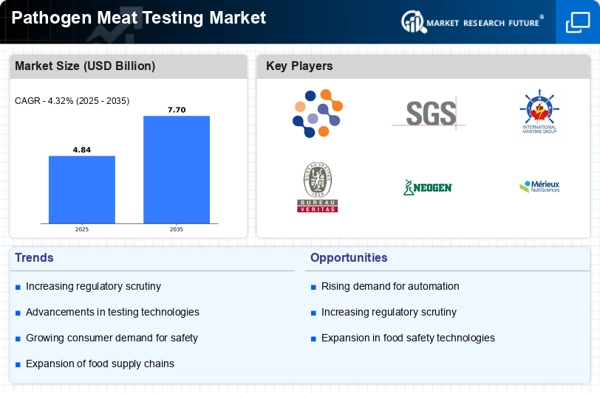


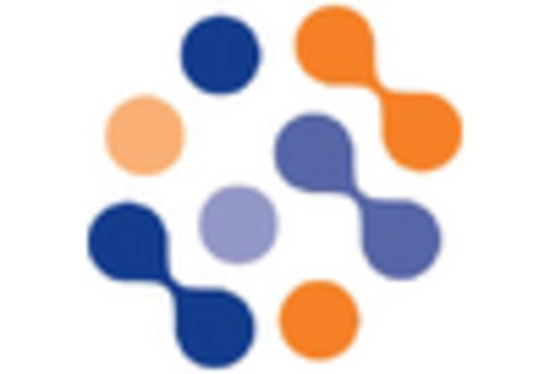
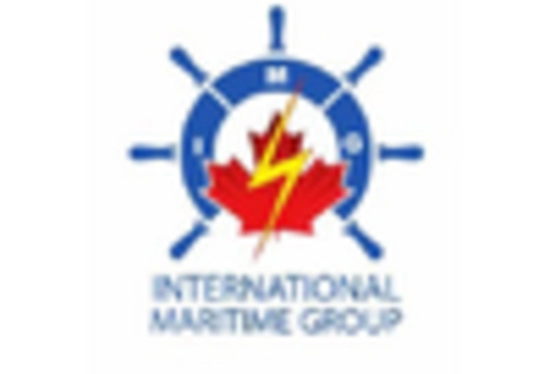

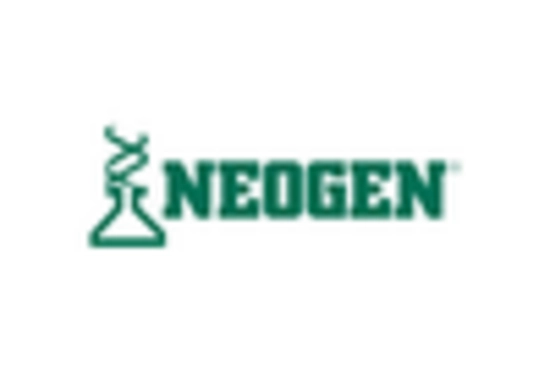
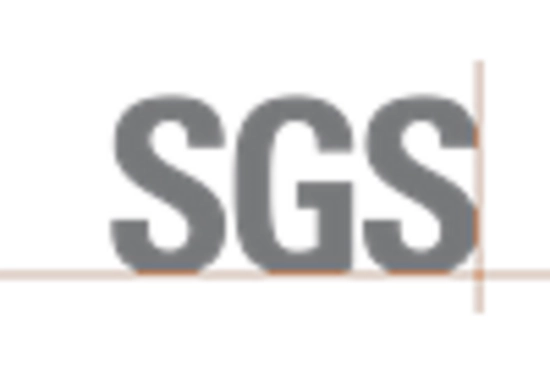








Leave a Comment